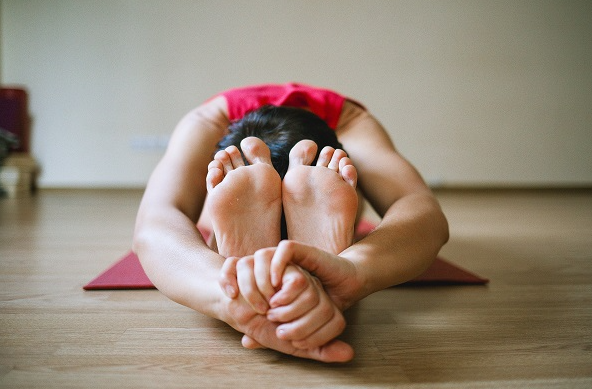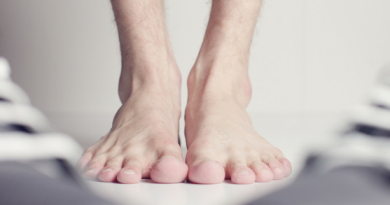How to Increase Blood Flow to Feet: 6 Tips for Diabetics
Diabetes runs in our family.
My grandparents on both sides either suffered or died from it.
For this reason, I know the struggles that a diabetic usually goes through. My experience as a nurse also opened my eyes to the symptoms diabetics experience and the complications that may arise if these symptoms aren’t given medical attention.
One of the common symptoms of diabetes is poor circulation, especially in the feet and legs. Without proper care, the impaired blood flow can snowball to infected wounds and ultimately amputation.
But let’s not go there yet. By following the doctor-recommended tips in this article, you’ll learn how to increase blood flow to your feet and function normally despite diabetes.

The link between diabetes and poor circulation in feet.
Impaired circulation in your feet and legs is a complication of uncontrolled diabetes. It happens when there’s a sudden surge of blood sugar in your body which triggers a metabolic reaction. As a result, your arteries become rigid and narrower, resulting in less blood reaching your hands, feet, and legs.
When there’s little blood flowing to a body part, its defenses against infections and self-healing abilities are compromised.
Worse, diabetes also affects the nerves. When the nerve fibers are destroyed, diabetics develop peripheral neuropathy which is characterized by either numbness, pain (burning or stinging), or both.
If diabetics develop even a tiny sore or wound, the neuropathy makes it impossible for them to notice it because the legs and feet are too numb to feel any pain. And when the wound is left untreated, it will attract bacteria and quickly develop an infection.
The infection may not be noticeable at first since the bacteria are “eating” the tissues from within. It’s like looking at an iceberg: From above, the injury may appear small but the damage below is way worse than what’s visible.
In the end, the infection may spread further unless the affected foot or leg is amputated.
It’s crazy how a poorly controlled diabetes can potentially end up in the loss of your limbs.
But remember, an ounce of prevention is well worth a pound of cure. If you don’t want to have one of those diabetes horror stories, follow the suggestions listed below.
How to increase blood flow to feet in 6 ways.
1. Keep your blood sugar in control.
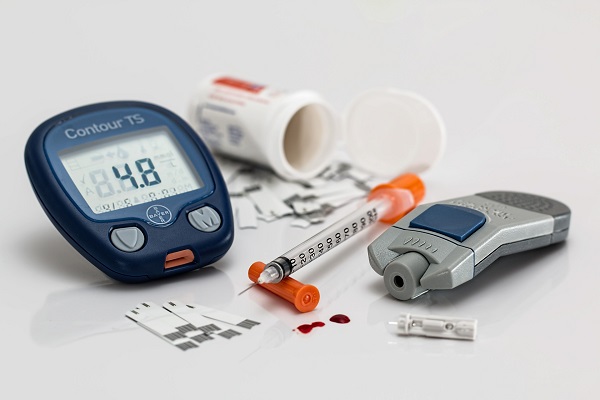
The best way to get rid of smoke is to eliminate its source. If you’re a diabetic, you don’t have to worry much about blood circulation in your feet getting cut off if you have your blood sugar always in control.
Don’t wait until it’s too late before you cut calories in your diet. Prioritize good nutrition and maintain a healthy weight. The next time you’re tempted to drink your favorite sugary soda, look at the pictures of amputees and I guarantee your craving will disappear right away.
2. Exercise regularly.

According to the UK’s NHS, people with a peripheral arterial disease that impairs blood circulation in the feet improved their condition through 6 months of regular exercise.
Physical activities keep your heart pumping and therefore stimulate blood flow in your legs and feet.
Of course, any kind of physical activity must only be done with your doctor’s approval. Start with moderate feet-friendly activities like swimming, riding a bike, walking, dancing, doing household chores, or even mowing the lawn.
According to CDC (Centers for Disease Control and Prevention), the recommended duration of exercise for diabetics is at least 20 to 25 minutes a day or at least 150 minutes per week.
The exercise can be in the form of moderate-intensity physical activity but CDC also suggests adding activities that involve all major muscle groups (arms, shoulders, legs, back, chest, abdomen, and hips) at least 2 days a week.
Before you exercise, don’t forget to remember these safety reminders:
- Check your blood sugar before doing any physical activity, especially if you’ve just taken insulin. If it’s below 100 mg/dl, you can protect yourself from the risk of hypoglycemia by eating a small snack containing 15-30 grams of carbohydrates (equivalent to 2 tablespoons of raisins or 1/2 cup of fruit juice). If your blood sugar level is too high (240 mg/dl), test your urine for the presence of ketones which are the byproducts produced when your body breaks down fat for energy. Doing exercises when you have high ketone levels may lead to a serious complication called ketoacidosis.
- Wear comfortable shoes and cotton socks specifically designed for diabetics.
- Re-check your blood glucose level after the exercise.
- Inspect your feet for the presence of blisters, sores, cuts, irritation, or any type of injury. If it doesn’t heal after 2 days, go to your doctor and have it evaluated to prevent complications.
3. Stop smoking.
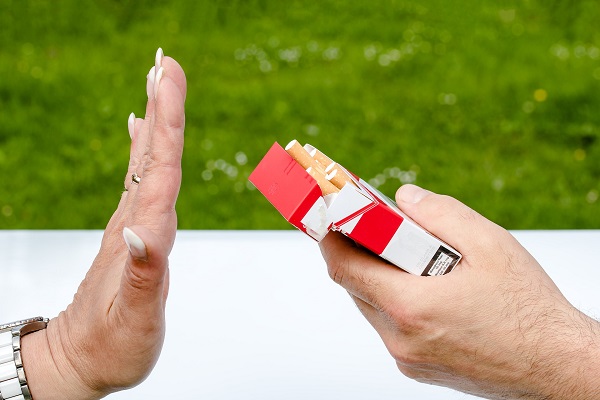
The link between diabetes and smoking is as clear as day.
According to CDC, smokers are 30-40% more likely to develop type 2 diabetes than non-smokers. In addition to that, diabetics who continue smoking will struggle to control their disease and are more likely to develop complications.
These complications, among others, include poor blood flow to the feet and legs as well as the dreaded peripheral neuropathy. If that’s not enough to convince you to quit this bad habit, imagine shooting your blood vessels in the feet–that’s exactly what smoking does to your blood circulation.
Struggling to give up smoking? Seek the help of a professional who has all the tools you need to recover.
4. Wear the right shoes.

Dr. Kevin Pantalone, an endocrinologist from Cleveland Clinic, recommends wearing shoes specifically designed for diabetics. These special therapeutic shoes can conform to the shapes of a diabetic’s feet which may show signs of deformity because of the effects of neuropathy.
When buying diabetic shoes, time the fitting at the end of the day when your feet are naturally larger. This will give your feet enough wiggle room.
Make sure that the shoes have the right size. You don’t want to have tight-fitting shoes that poke at the pressure points of your feet.
It may take time for your feet to get used to the new shoes so wear them for an hour or two at first and then gradually use it for more hours until your feet are finally at ease.
For wheelchair-bound diabetics, wear padded socks and shoes that don’t restrict blood flow to your feet but at the same time prevent your heels from forming pressure ulcers.
Make it a habit to check the inside of the shoes for any sharp foreign objects or rough edges that may cause wounds or injuries on your feet. You can also reach out to podiatrists who can suggest special shoes that meet your needs as well as foot inserts or padded socks for extra protection.
5. Be mindful of where you place your feet.

When sitting, keep your feet elevated by placing them on stools. Avoid crossing your legs for long periods of time because it can restrict blood flow to your feet and legs.
Finally, wiggle your toes every now and then especially if your job requires standing or walking all day. The effect may not be dramatic but it can help with blood circulation in your feet if you do it regularly.
6. Treat yourself with a foot and leg massage.
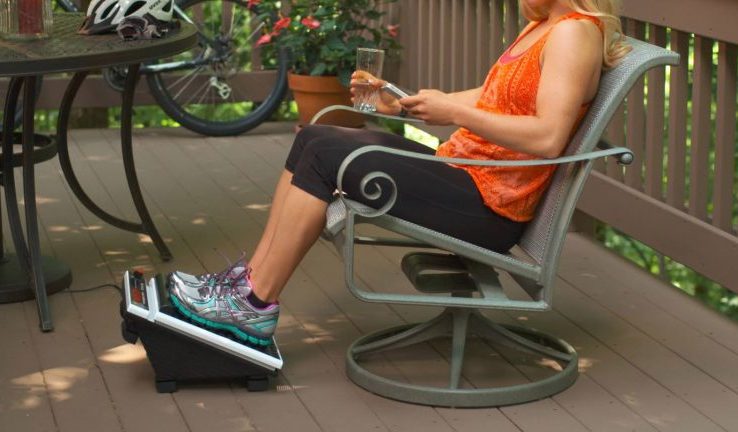
Massage is the use of kneading, stretching, finger pressure, and other techniques to stimulate blood flow and relieve pain.
Keep in mind that diabetics with impaired circulation or sensation require a special kind of massage, one that trained therapists can provide.
Alternatively, you can use an electronic massager which can stimulate blood circulation and relieve neuropathic symptoms at a click of a button.
Not all foot massagers are designed for diabetics though.
Depending on how fragile your condition is, you can use either a foot and calf massager that uses air compression technology to push the blood pooling in your legs back to the core or one that stimulates blood flow without directly massaging your feet and legs.
READ: The Best Foot Massager for Diabetics with Peripheral Neuropathy
But just how effective massage is in improving blood flow to a diabetic foot?
In one study published in a Brazilian medical journal, participants with type 2 diabetes were assigned to the treatment group where they’re given 12 sessions of foot reflexology.
At the end of the study, the massage group reported better scores in indicators directly related to blood circulation like hair growth, hydration, and integrity of the skin of the feet and legs.
Foot and leg massage also help in relieving the symptoms of peripheral neuropathy.
In another study published in the journal Diseases of the Nervous System, diabetics who had long been suffering from neuropathic symptoms like pain, restless legs, and numbness were given mechanical massage similar to what commercial foot and leg massagers provide.
Upon evaluation, 56% of the 25 participants reported that the symptoms either disappeared or decreased in severity to the point that they no longer require further treatment.
Wrapping Up.
Learning how to increase blood flow to your feet is a preventive measure that can save your life.
It’s not just about relieving the pain or making the numbness go away. Impaired blood flow, if left to its own devices, can compromise wound healing. And once you get injured, regardless if it’s a small cut or something worse, the wound is more likely to develop an irreversible infection that can ultimately lead to amputation.
By being proactive and following the doctor-approved suggestions above, you’re preventing yourself from becoming just another statistic.

